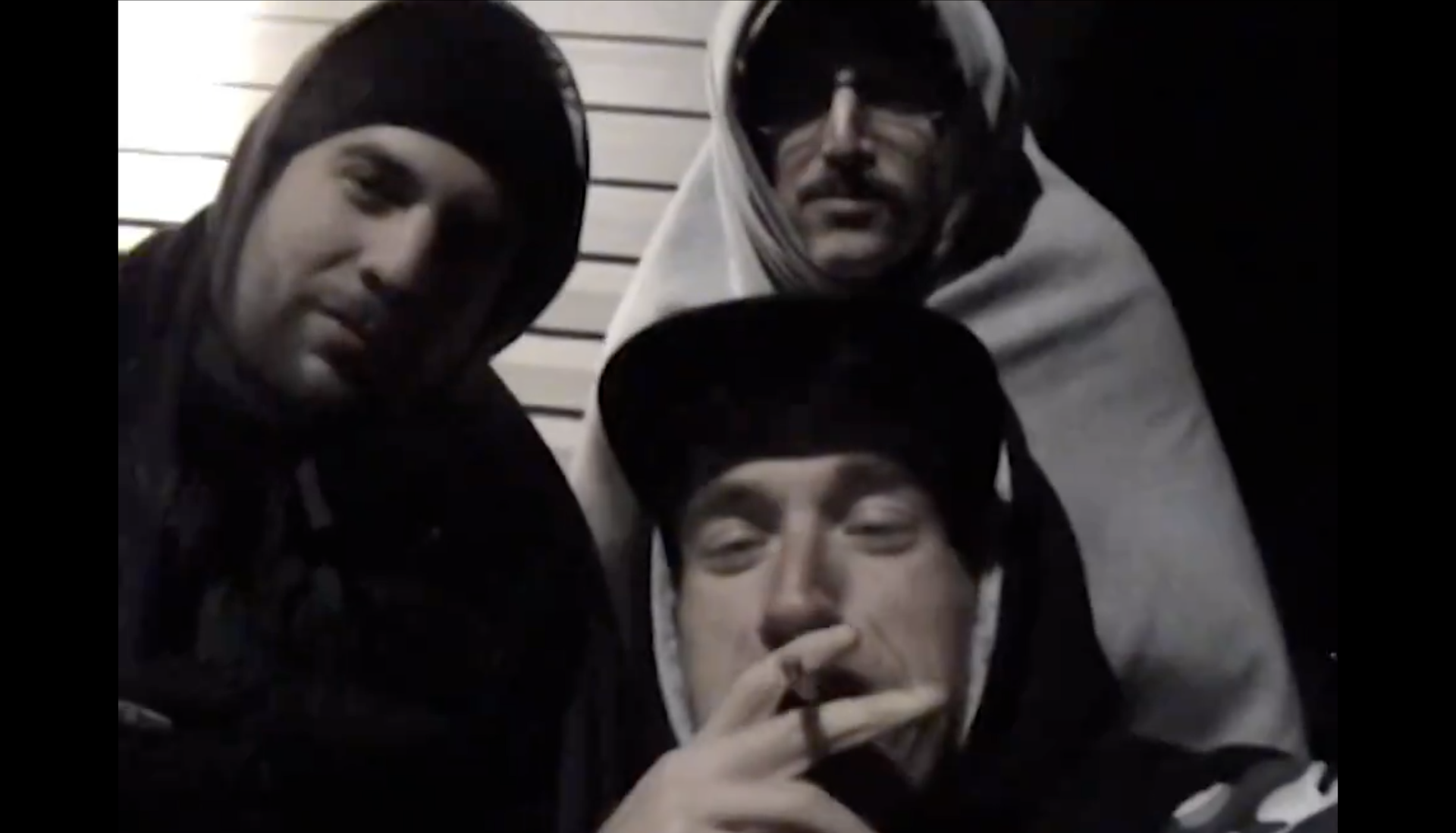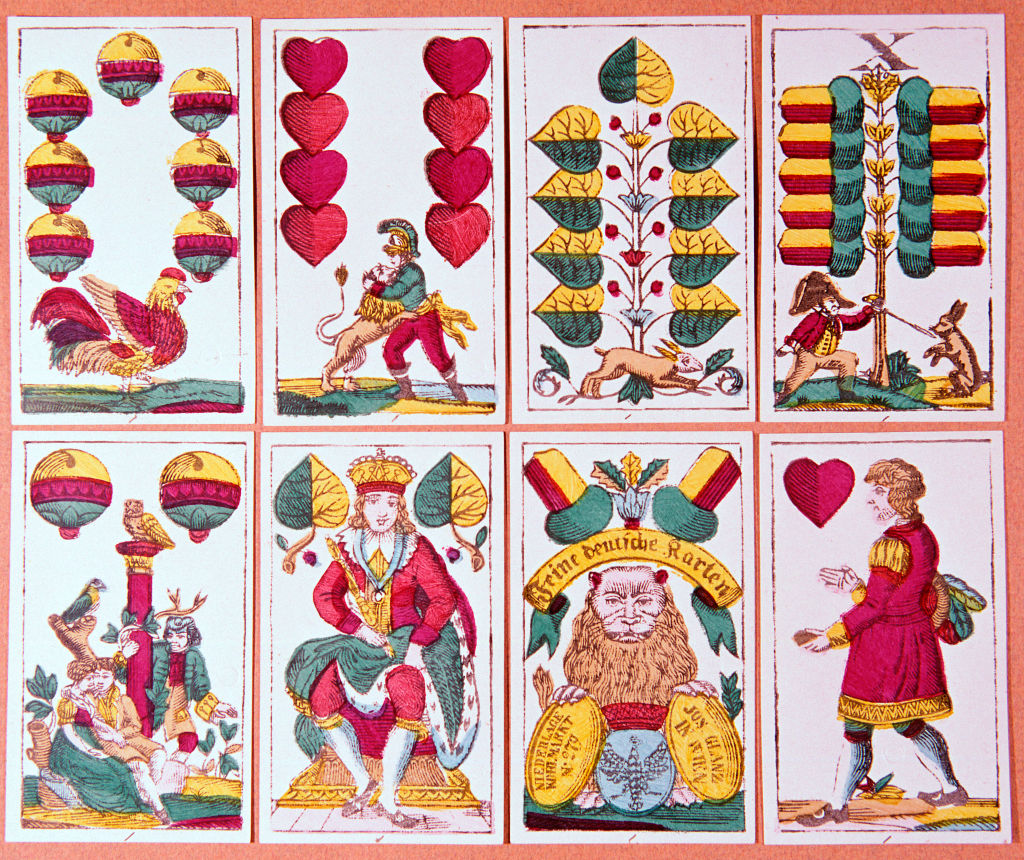The Samsung Intensity was released in September 2009, when I was 13. I try to avoid dating myself too specifically when writing, but it feels important here to delineate the contours of a memory via time and place. The Intensity was a slide phone, with a full QWERTY keyboard on the inside panel. You could take pictures, but not videos. You could send texts and emails, the latter a function I never used because I could never figure it out and I didn’t have anyone to email anyway. My Intensity came in the most popular color, flamingo red, and I often feel that this particular phone in this particular color not only signifies the design and fashion of the era but also the anxieties of suburban kids, like me, who did not know what technology meant to them.
By 2009, three generations of the iPhone had already cemented a new kind of envy amongst the most status-obsessed people—namely, teenagers. Touchscreens on mobile devices represented if not wealth then access. I remember feeling that to be faced with the prospect of using a glorified flip phone released the same year as the iPhone 3GS, which reoriented the word “sleek” in the global lexicon, was a kind of cosmic slap in the face. The common reassurance that Apple’s cutting-edge technology would soon be democratized, that everyone would eventually be able to afford something like an iPhone, was hollow comfort. The point, for me, wasn’t about some hazy day in the future when I too could have it. I wanted to be one of the first.
This warped, hyperbolic frame of mind is distinctly suburban. It stems from boredom, having few options for entertainment that don’t require transportation, growing up in the wake of your parents’ middle-class aspirations, and feeling that, after being fed a milquetoast yet ubiquitous set of aspirational capitalist values, one’s creative impulses, one’s artistic passions, are little more than charming hobbies. I grew up craving exceptionalism. I grew up wanting to escape my childhood, to join the fast-running stream of a world glimpsed through the pixelated footage of more enterprising peers. The internet had yet to become solely a Trojan horse for advertising. You could stake a claim to something and maybe, just maybe, have a chance at being discovered.
Conner O’Malley’s new film Rap World, co-directed with Danny Scharar, captures this at once frenzied and utterly banal generational malaise with a disarmingly sincere humor that could only have come from people who lived through it. Set in 2009, and clocking in at just under 60 minutes, Rap World begins and ends in Tobyhanna, Pa., an unincorporated community about 25 miles outside Scranton. Matt (O’Malley) and Casey (Jack Bensinger, who also edited the film) are two local friends who work at a movie theater, with ambitions to record a rap album over the course of one night. The film is nominally a making-of mockumentary, shot with a camcorder and edited in iMovie by an aspiring filmmaker named Ben, with auxiliary footage shot by Jason (Eric Rahill), the album’s producer.
As the night wears on, Matt and Casey become increasingly distracted both by their own boredom and the promise of more interesting events with more interesting people. There is the sense that neither friend wants to start making the album because to begin would entail an end. Instead, with Jason and Ben in tow, Matt and Casey crash their other friends’ parties, or sometimes their friend’s aunt’s basement. One scene with Casey’s cousin Serj (Dan Licata) features the group playfully arguing about which high schools were cooler while messing around with the Wii character creator in the background. At one point, Serj rags on Jason’s school by saying, “The girls that go there smell like Halloween masks.”
Because this is, in part, an O’Malley project, one furnished with frequent collaborators like Scharar, Licata, and producer Harris Mayersohn, it’s impossible not to feel that a shoe is about to drop. O’Malley’s comedy is raucous and unpredictable, part man on the street, part performance art, part complete, intensely focused nonsense. O’Malley is an artist whose barrier to entry for the unfamiliar can sometimes be quite high. He excels in the depiction of manic, existentially frustrated white guys whose anger is sometimes hilarious, sometimes unsettling. As such, a creeping sense of anticipation builds throughout Rap World. A scene will play out, perhaps with one character in a heated argument with another, before a cut wipes the moment away. As a piece of cinema verite, Rap World succeeds where so many other projects fail in large part due to the spontaneity of its editing. Ben the filmmaker is clearly the person editing the footage and the audience gets a sense for his cinematographic rhythms, his tendency to stay closest to the action when the characters in play seem to completely forget he’s there. When he captions scenes, always in that familiar iMovie Impact font, it’s to overemphasize an already legible moment, as if aping the editing style of his favorite reality TV shows.
There’s a lot of emulation in Rap World, a film as much about the thwarted ambitions of suburban layabouts as it is long nights spent in empty grocery store parking lots. It conjures the year it’s set in through the absence of certain technological touchstones: boxier television sets, worse clothing, the stasis of FM radio playlists, the internet as accessed through a desktop rather than a mobile device. Firmly ensconced in the pop-culture doldrums of the Bush era, Matt, Casey, and Co. are recognizable as an unremarkable brand of edgy white dudes without any original ideas, stunted in their maturity, yet sincere in their bond with one another. There’s an argument to be made that—and I say this as someone who had similar friends—their behavior should be much more offensive. There’s little in the way of the racist invective and brash misogyny that was one of the hallmarks of that milieu. But if O’Malley and Bensinger’s characterization is more tender than repulsive, it comes packaged within a film that isn’t so sure of its own nostalgia.
One of the odder trends I’ve noticed online lately is a Gen Z and Gen Alpha romanticization of the early-to-mid-aughts—a longing for a more tactile sense of camaraderie, the feeling of being in touch with one’s friends and family without so much mediation. Along with the fetishization of the music and the chunky gadgets and the campy fashion is a paean for something like permissive boredom. Compared to the present, 2009 was a decidedly unstimulating time. The success of Rap World rests on the fact that while it accurately, almost effortlessly recreates the feeling and look of the time period, it stops short of missing it.
At the film’s core is a wild but confused spirit. What are you supposed to do when there’s not really anything to do? A vibe is nice, but it can’t last forever. If you can’t realize your dreams on your own, have you revealed something essential and deficient about yourself, about your status, about the place you’re from? Rap World is a time capsule for this pre-influencer anxiety, a fictional snapshot of a time before Facebook, Twitter, and Instagram fundamentally reoriented the way we view and measure our lives. Few things serve as a ballast against the deflating sense that what you want to achieve is even interesting. All that’s left, if you’re lucky, is friendship.
Matt, Casey, and Jason bond over their foibles, their petty grievances, their earnest, often silly interests. They lay on carpeted bedroom floors in cookie-cutter suburban houses, chip dust on their fingers, cigarette smoke in their hair, trying to preserve their boyhoods for as long as possible while simultaneously pining for the independence and stability of middle-class adulthood. They want to be rappers. They want to be competent lovers. They want to make their exes jealous. They want to erase their credit card debt. But really—and this may be Rap World’s most essential subtlety—they love Tobyhanna. These boys are proud sons of Anywhere, Pa., their sights set on a fame that might allow them to flourish in the same place that brought them up. What might seem like a capitulation to low standards, or the celebration of a lack of imagination, opens out onto an honest recognition that a place, a town, a home is only as shitty, or as worthwhile, as the people who choose to stay. The “Coolbaugh Crew” set out to write the definitive Tobyhanna anthem. The name of their record: Intelligent Dreams.






